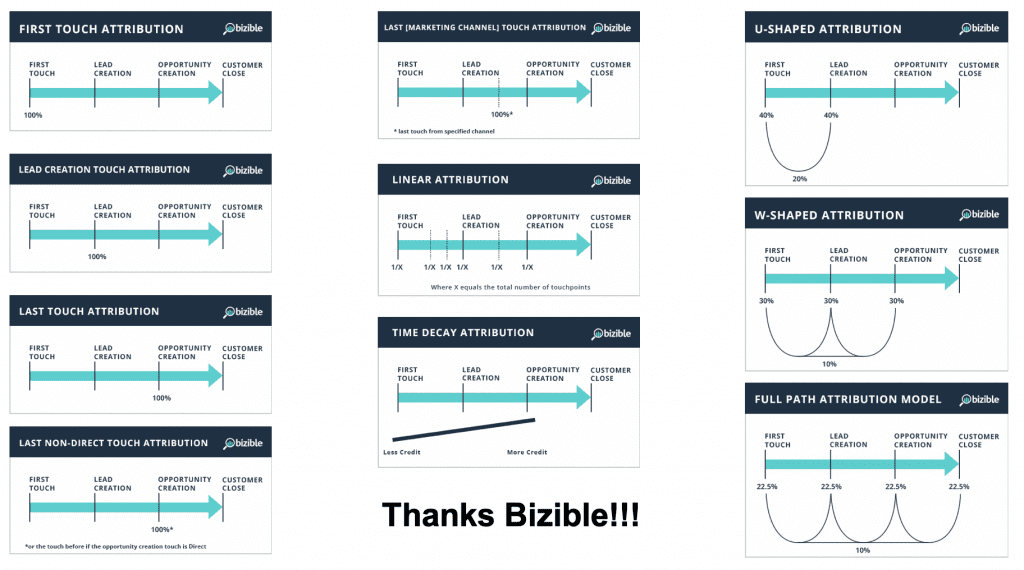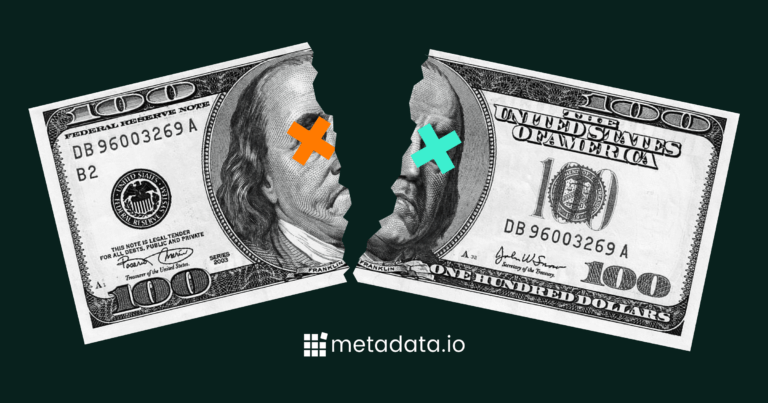Triggered or Influenced By Marketing?

This is a true story. The last 2 CMOs I’ve worked for have both had a strong opinion that they do NOT want to “do attribution”. And I don’t blame them! I think a lot of CMOs are in this camp and many have been burned by trying and failing to get attribution right. You can spend months or even years, and a lot of money, only to realize that your fancy attribution model is about 1.3% different from “last touch”.
However, the very next thing these CMOs ask me after saying they don’t want to do attribution is, “but, can you tell me which marketing activities are working and which are not”? Oh no, this is where we get stuck! My very next statement is, “you know, simply by asking me that question means we have to agree on some type of attribution!” By simply labeling any marketing KPI with a channel or campaign, it means we are going to “do attribution”.
These days, there is an expectation that some type of attribution will be available. Even if it’s just first touch and last touch, in order to associate anything we do in marketing to specific KPIs means we’re attributing.
LET’S ABSTRACT THIS A BIT
What even is attribution? From its purest definition, attribution is measuring points in time that caused a change or outcome. It’s our desire to attribute a given outcome to the thing, or set of things, that created that outcome, positive OR negative – because we can learn from both types of outcomes.
Real-world examples exist all over the place. Someone getting sober. An airplane crash. Getting a new job. In each of these outcomes, there would be a series of conditions and activities that led to it, not one single thing.
When we translate this to marketing attribution, we can quickly see why most of our traditional models won’t work. It’s not that one, single activity got someone sober, just like it’s not one single marketing experience that drove someone to purchase.
HOW CRAZY SCIENTIFIC DO I NEED TO GET?
We all know about first touch, last touch, and linear attribution. Some of us may have gotten fancier with a U-shaped or W-shaped model. And some of you unicorns have probably even taken this to fractional-credit attribution and know that Paid Search got 4.35% credit for a given deal!

The way I like to think about these is that you wouldn’t necessarily rely on one of these – you would look at several of these to best understand which activities/channels/content are performing which functions with your prospects. For example, if I want to understand which activities are “opening the door”, I’d look at a first-touch model or one that gives more credit to early touches. If I want to understand which activities are “sealing the deal”, I’ll look at a last-touch model.
And when you look at multiple models, you start to get an understanding of how your activities are impacting parts of the prospect’s experience.
BEST MIX OF SOPHISTICATION AND SIMPLICITY
At Metadata, we pride ourselves on doing smart things – and often times the smartest things are the simplest. What’s really important to understand when it comes to marketing performance? Money in, money out, triggered deals and influenced deals.

To be a triggered deal, the very first lead from an account has to be delivered by a marketing program. That lead has to be created prior to any opportunity creation date for the account. And that lead has to be a primary contact on that opportunity. If all of those conditions are met, that is a marketing-triggered deal.
To be an influenced deal, there has to be marketing activity trackable to any lead that is associated with an account that has a closed deal. Of course, only marketing activities up to the closed/won date are attributed.
And by digging into this data a bit more, you can understand the specific marketing activities that are bringing net new deals to the table, vs. the activities that are helping to move deals through the funnel. Also important to understand that a deal can be triggered AND influenced. If the conditions of triggering are met, there is also going to be other activities that happen that influence the same deal.
HOW DO I GET STARTED?
First, you have to set proper expectations, and in lots of areas. First, on timing – it’s hard to predict how long this will take. Most of it depends on the quality of your historical data. If you have to make changes to how you capture and store data, you’re going to need time to build up enough of that data to model against.
Also set expectations in terms of what types of outcomes your stakeholders should expect. For example, when you’re done, is this going to tell them exactly how to spend their budgets across all the various channels and campaigns? Nope – not even close. However, if you don’t set that expectation, your stakeholders will.
Start small – if you try to do a sophisticated fractional model before getting perfect with a basic model first, you will likely fail. It’s critical to get the basic ones correct first > that will give you the comfort that your data collection is ok and that your team can manage it.
Finally, for most of us, it’s important to remember that these are all still very human interactions that we’re trying to model out. And humans do odd things that don’t always fit models.
metadata.io DOES THIS ALL FOR YOU
Why waste so much time building a model to tell you what happened in the past when you can leverage a platform like metadata.io that will use this data in real-time and optimize your campaigns to the best mix of triggered and influenced deals.
If you want to show your CMO real marketing impact KPIs, schedule a demo and we can help.



